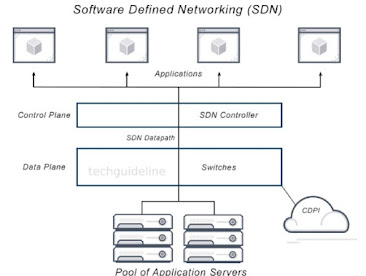network firewall

The network firewall is the first line of defense for traffic that passes in and out of a network. The firewall examines traffic to ensure it meets the security requirements set by the organization, and unauthorized access attempts are blocked. Firewall protection has come a long way in recent years. In addition to monitoring internet traffic, the latest network firewall security products incorporate a wide range of additional features. “The latest firewalls can neutralize an attacker’s ability to use stolen credentials for lateral movement and network compromise,” said Navneet Singh, product marketing director at Palo Alto Networks. “This is done by enforcing multi-factor authentication at the network layer.” The intention behind network firewalls is that they filter internet transmissions so that only traffic that belongs is allowed into an organization. Decisions are based on pre-set rules or policies. Like many areas of technology, firewalls have evolved gre...











